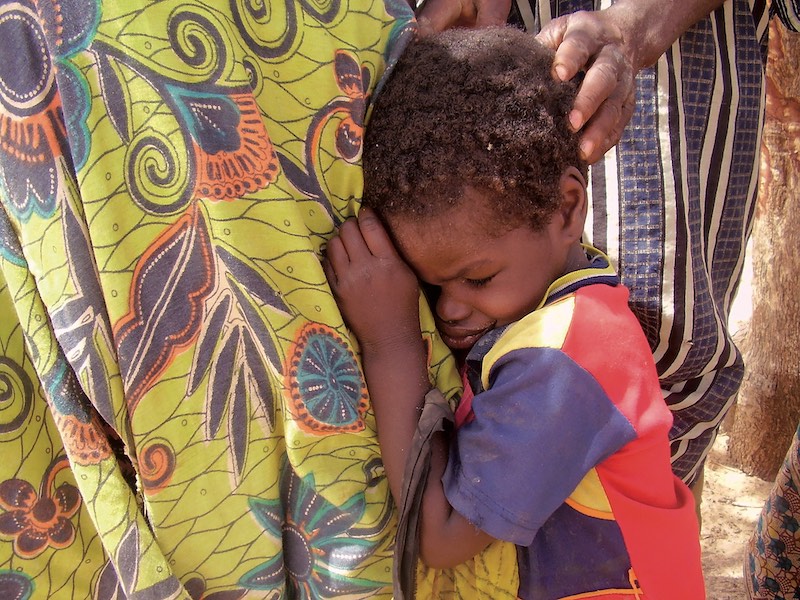
Noma, a necrotizing noncommunicable disease starting in the mouth, is estimated to be fatal for 90% of affected children in poor communities, mostly in Africa, but it has also been reported in other regions such as South-East Asia.
In the absence of reliable epidemiological data, the WHO noma estimates from 1998 remain the most widely cited, with prevalence of 770 000 cases and incidence of 140 000 new cases every year. Without health care management, mortality was estimated at 70–90%.
The WHO Regional Office for Africa established the Regional Noma Control Programme in 2001. As part of the programme, the WHO Regional Office for Africa has supported 11 noma-priority countries to develop, implement and monitor national noma control activities, which have been financially supported since 2013 by the German NGO, Hilfsaktion Noma e.V. These national programmes focus on strengthening and developing the capacities of health workers, social actors and communities to prevent, promptly detect and manage cases of noma. Improved awareness of the disease among populations helps to remove stigma and enhances the reintegration of noma survivors and their families into society. Integration of noma into existing health surveillance systems improves data availability and accessibility and strengthens the leadership of ministries of health through improved inter- and multisectoral collaboration.
For noma priority countries, the quarterly reporting platform can be accessed through this link: DHIS 2 (sidhis2.org)



